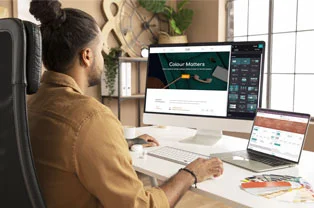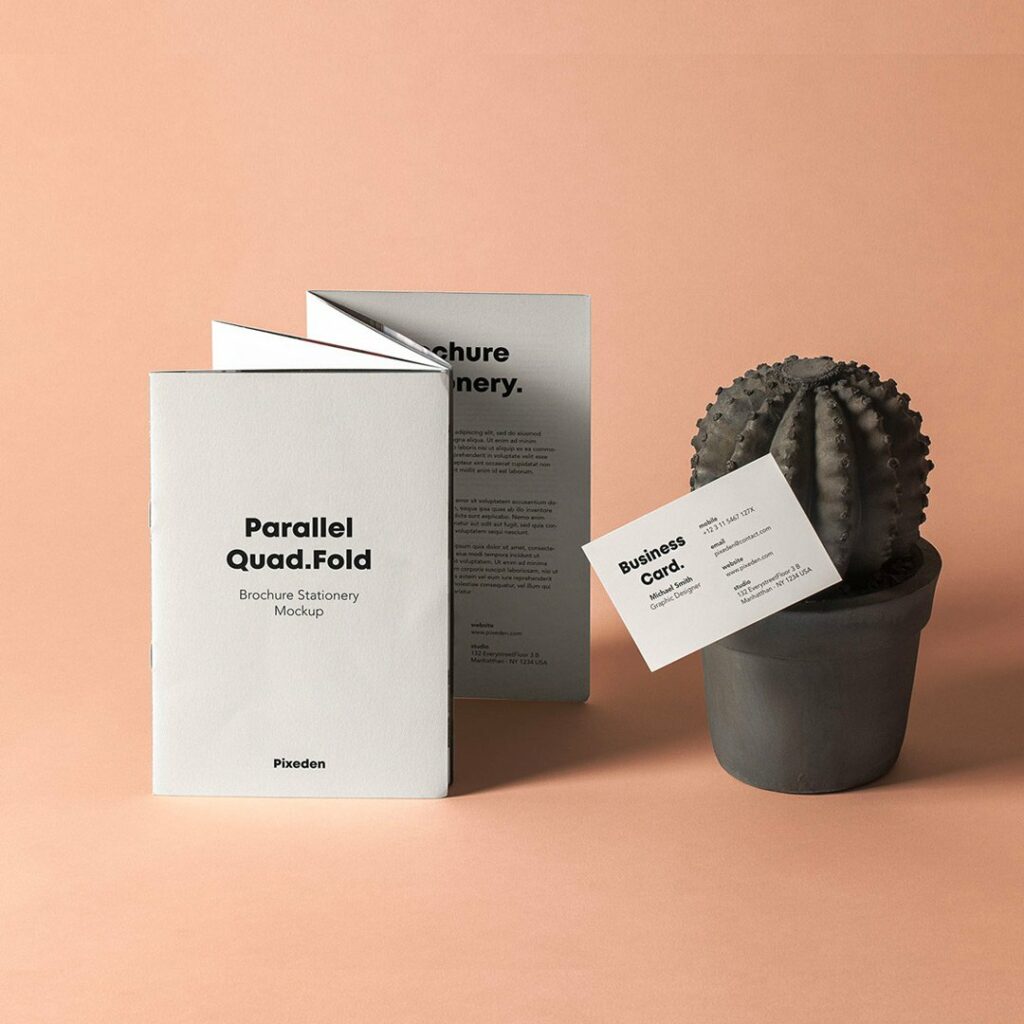Most businesses treat their homepage like a brochure – a static digital billboard spouting features and backstory. But in the wrong hands, this prime real estate becomes a tragic waste of potential.
As a professional marketing consultant, let me unveil the untapped power your homepage represents when optimized as a precision revenue generator.
You see, buyer journeys are rarely linear these days. Your prospects zig and zag across channels in unpredictable patterns. By the time they finally arrive at your homepage, they’ve likely interacted with your brand across various touchpoints. And they’re seeking that final nudge to convert.
Is your homepage primed to deliver that decisive nudge? Or is it inadvertently driving promising leads away with haphazard messaging and lackluster calls-to-action? Don’t risk leaking precious revenue.
Buyer journeys aren’t nearly as clean as we like to imagine. Most people won’t see your ad → visit your landing page → buy immediately. It’s more likely to go like this:They see your ad while doom-scrolling Instagram. They click.Something distracts them away from their phone.
They remember later that evening (or 3 weeks later). They google your company name. They visit your homepage—not the conversion-focused landing page you intended them to hit. Is your homepage optimized for conversion? Yes, your homepage has many jobs (too many).
One is to orient people to your brand and everything you do. But don’t forget that high-intent visitors often visit your homepage late in the funnel. Design it with conversion in mind. Here are some quick ways to make sure your homepage converts:
1. Start by nailing the above-the-fold Your above-the-fold (ATF) is the portion of your website that’s immediately visible to visitors—your hero header, subheaders, imagery, and calls to action.
Header and subheaders
Keep your copy short. Concisely convey what your product is and why they should care. Visitors shouldn’t have to scroll to understand what you offer and how they’ll get value from you.
Imagery: Static images, slides, video—whatever you choose, keep your products at the forefront. Photos with people are optional, but they have a proven track record of increasing conversion. Make sure your CTA is high-contrast and unignorable. Here’s an example of an above-the-fold done well:
Call to action (CTA): Your ATF is the most important part of your most important page, and your CTA here might be the most important part of your entire site. This is what drives action.
CTAs for ecommerce tend to be “shop now.” For services, “get started” and “try now” work well.
_01HZFYYBC7B2DX1FRG7MKRBS29.jpg)
Concise, punchy header and subheader explaining what Mosaic is and why you should care.
Attractive visuals of the product Clear, high-contrast call to action (although they should depart from their monochrome design and make the CTA a contrasting color to make it pop).
2. Handle objections in your below-the-fold Below the fold, you briefly address any objections visitors might have. Some elements you might include here:
Social proof: Share reviews, press, user-generated content, testimonials, endorsements, ratings, customer logos, and customer stats.
Include social proof near your CTAs to handle objections at the key moment when they decide to click or not. Trust leads to action. There’s basically no such thing as too much social proof.
Features: Highlight unique product features that address common concerns. Worried about quality? Here’s why we’re the best you can get.
Worried it’ll take too long? We’ll have you onboarded in 5 mins or less.
Worried about not liking it? If you don’t, we’ll give you a full refund.
FAQ: Take it a step further and add an FAQ section. Start with the most common or highest-friction questions. Assume they didn’t read the whole page and repeat all the key points.
Bestsellers: If you have several products, highlight your flagship and most popular items. Or highlight a “starter pack” or samples.
Footer: Include pages in the footer that you want to give visitors access to but aren’t critical to the conversion journey, like your exchanges and returns policy. I like how MUD\WTR uses their FAQ section to address common objections
_01HZFZ7XQETHX1ZEDCS4NSH0NJ.jpg)
Include CTAs throughout your homepage so visitors don’t have to scroll back to the ATF to take the next step in their buyer journey: the product, pricing, or sign-up pages. CTAs in a sticky nav work well, too.
3. Run an A/B test. But it’s easy to make changes and assume they’re better. Time to test the new homepage with ads. Filter for people who have already visited your ad landing pages. Send half to your current homepage and the other half to your new, conversion-focused homepage. See which performs better before making the switch. That’s all for now! Put a little love into your homepage, you might see a big bump in conversion.






